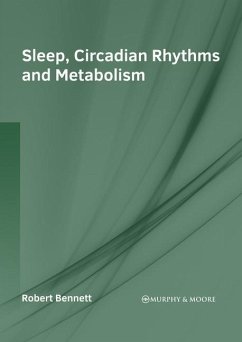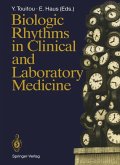The natural and internal process which maintains the sleep-wake cycle is termed as a circadian rhythm. It repeats every 24 hours. It is endogenous in nature and responds to the environment. Circadian rhythms are governed by the circadian clock and can be seen in various types of organisms such as animals, plants, cyanobacteria and fungi. The primary circadian clock within mammals is located within a specific collection of cells in the hypothalamus called the suprachiasmatic nucleus (SCN). Any disruption in the circadian rhythms causes metabolic dysregulation. Interactions have also been observed at cellular, molecular and neural scales. This book provides significant information of this discipline to help develop a good understanding of circadian rhythms and metabolism. From theories to research to practical applications, case studies related to all contemporary topics of relevance to this field have been included in it. The book is appropriate for students seeking detailed information in this area as well as for experts.
Hinweis: Dieser Artikel kann nur an eine deutsche Lieferadresse ausgeliefert werden.
Hinweis: Dieser Artikel kann nur an eine deutsche Lieferadresse ausgeliefert werden.








